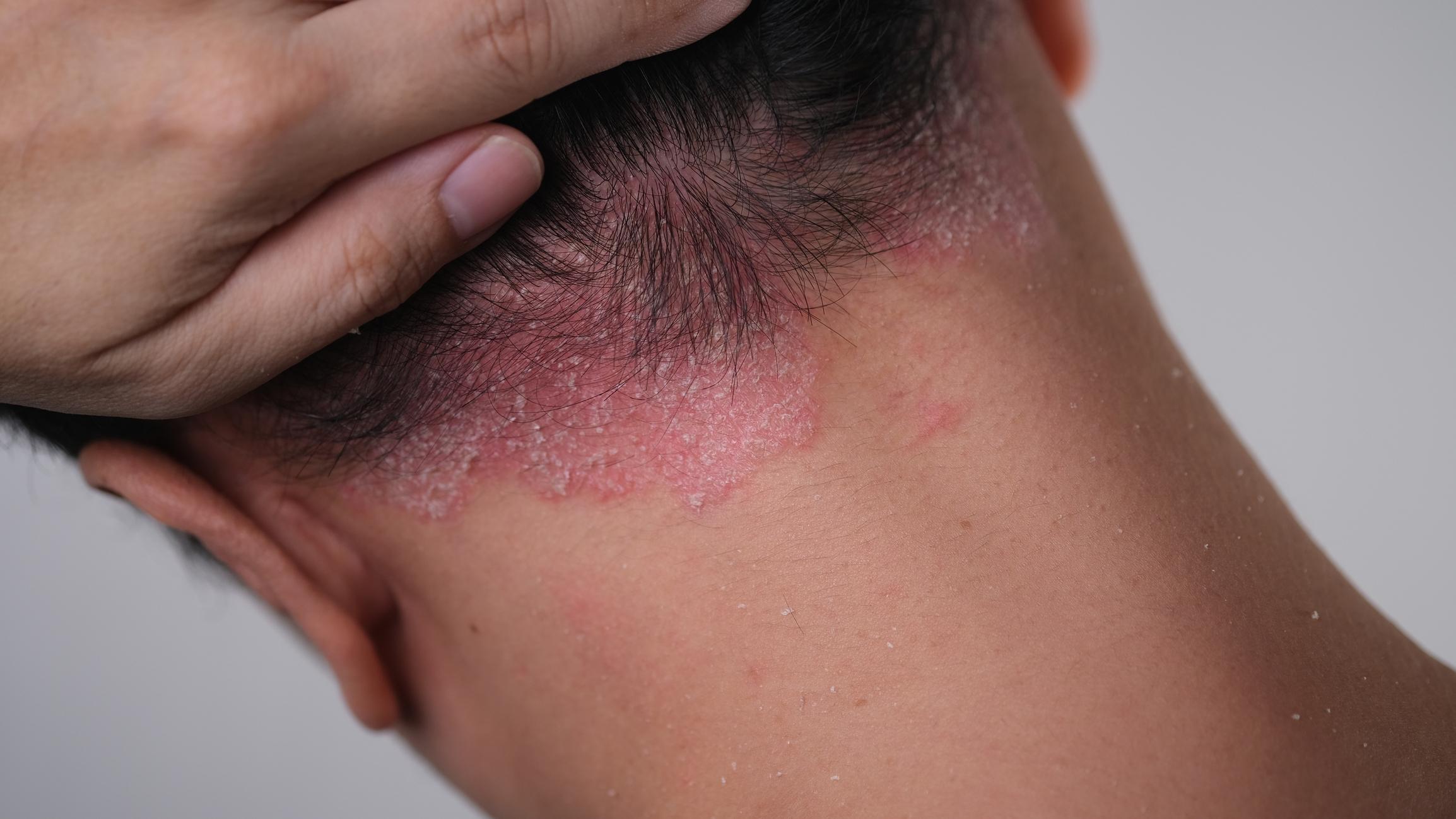Canadian researchers show, in a study, that exposure to ultraviolet (UV) rays leads to changes in the intestinal microbiome, the space where the bacteria that populate our stomach live. However, these changes occur only in people with vitamin D deficiency.

Parkinson’s disease, diabetes, colorectal cancer… In recent years, studies have mentioned the health benefits of vitamin D, called the sunshine vitamin. Conversely, vitamin D deficiencies increase the risk of developing certain diseases, such as multiple sclerosis or inflammatory bowel disease. While the scientific community is increasingly interested in our microbiome, the space where the bacteria that populate our stomach are found, Canadian researchers from the University of British Columbia in Vancouver have tried to find out the links between vitamin D and our gut microbiome. The results of the study are published in the journal Frontiers in Microbiology.
UV helps to rebalance the microbiota
Twenty-one women participated in the study. Among them, nine took vitamin D supplements for three months and the other twelve took nothing. The twelve women who did not receive vitamin D supplements had one deficiency, except one. Then, all the volunteers participated in three UV exposure sessions. Consequently, all women saw their vitamin D levels increase. After three months, the researchers compared the gut microbiome of the participants. They found significant changes, particularly in volunteers who were deficient in vitamin D at the start of the trial. Indeed, in them, some bacteria increased, others decreased, which ultimately aligned their microbiota with those who benefited from vitamin D supplements.
An effective method, but to be used with caution
“It is well known that ultraviolet radiation produces vitamin D, and we are now beginning to understand that vitamin D is important for maintaining a healthy gut,” says Else Bosman, lead author of the study. She continues: “The results were surprising in that there was a strong effect visible within a week.” However, it is not worth multiplying UV sessions, as this can be harmful to health. “During the study, we used specialized UV lamps which do not cause burns. It was a photo booth used for therapeutic purposes in a clinical setting”, adds Else Bosman. “Based on my study, it is difficult to determine how much sun exposure is sufficient to produce vitamin D.” It depends on the color and type of skin, as well as the amount of ultraviolet rays present in the environment in which we live.
More studies to come
This study establishes a link between vitamin D and the state of our microbiome. However, the direct health consequences are not yet clear. Other work will have to be carried out, in particular with more varied participants: other skin colors and males for example. “This study used a very selective group of participants, for example females with healthy, pale skin,” says Else Bosman. She concludes: “It would be very interesting to repeat the study with more varied participants in age and with larger study groups in number to confirm the results. It would also be interesting to find out if phototherapy is useful for people with intestinal inflammation.”

.

















